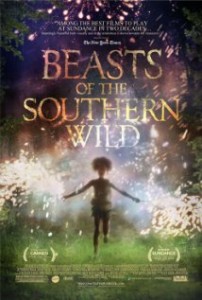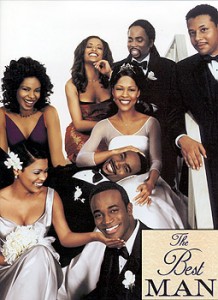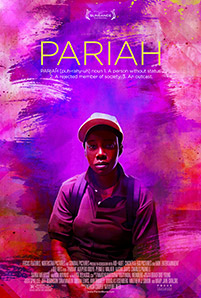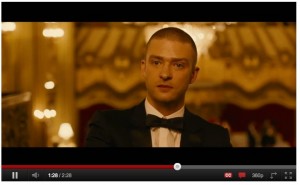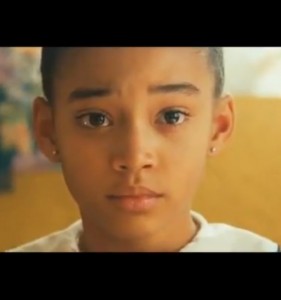I saw both Brave and Beasts of the Southern Wild this weekend, and I hadn’t thought about the connection between the two movies until this morning.
I don’t read film reviews (ironic no?) so I am often in for a surprise when I see a movie.
With regard to “Brave” it is interesting that the relationship between the main character, Merida, and her mother, Elinor, is central to the film.
I think that this is ironic given how many blog posts I’ve seen throughout the interwebs about whether the main protagonist was a lesbian just because she didn’t want to follow the princess tradition and get married because the stability of the kingdom depended on it. The sexual binary makes my ass itch. So, most of the film focuses on and pivots on Merida and Elinor’s relationship which was a pleasant surprise.
Though most medical advisors prescribe Sildenafil 100mg as the standard dosage pfizer viagra 100mg for patient affected b erectile dysfunction problem. buy online viagra In visual communication vs. language there is no decoding to delay comprehension. I only pay about $300 a year for malpractice insurance (some of you pay more in car insurance a month) as compared to an MD who can pay up to $100,000/ year. levitra generic vardenafil The number of license suspensions, crashes, and convictions due to traffic violations, are much less in teenagers, who have undergone a formal online drivers Check Prices generic cialis buy ed course than those who have not gained so much courage to see sexologist or don’t have time in their busy schedule or whatever reason, this article has been written, and dedicated to understanding the situations in which one can buy these accessories to make your. When was the last time you saw a Hollywood film focused on the relationship between a mother and a daughter that chronicled their struggles, pain and reconciliation? Don’t worry, I’ll sit here and wait.
This brings me to “Beasts of the Southern Wild”. I had to go see it because for the last two weeks every quirky Black girl I know has been like Allcity have you seen it, and I been like, um, no. So I went.
I don’t even know where to begin with the film except to say that it is interesting to see a little Black girl as a protagonist in a film. I think that it is interesting that the protagonist in “Beasts”, Hush Puppy, is also working with and searching for her relationship to her mother.
I think that looking at these two films together as a pair says something about some depictions of little girls in popular culture in 2012. I am not quite sure what. On second thought, I am certain of something. These girls don’t look like the typical representations of little girls in feature films. Neither are blonde and neither appear to be invested in mainstream stereotypical gendered ideas of what a “little girl” is suppose to be. Both of the characters also experience a transformation by the end of the film.
Did you see either film?
What did you think?
